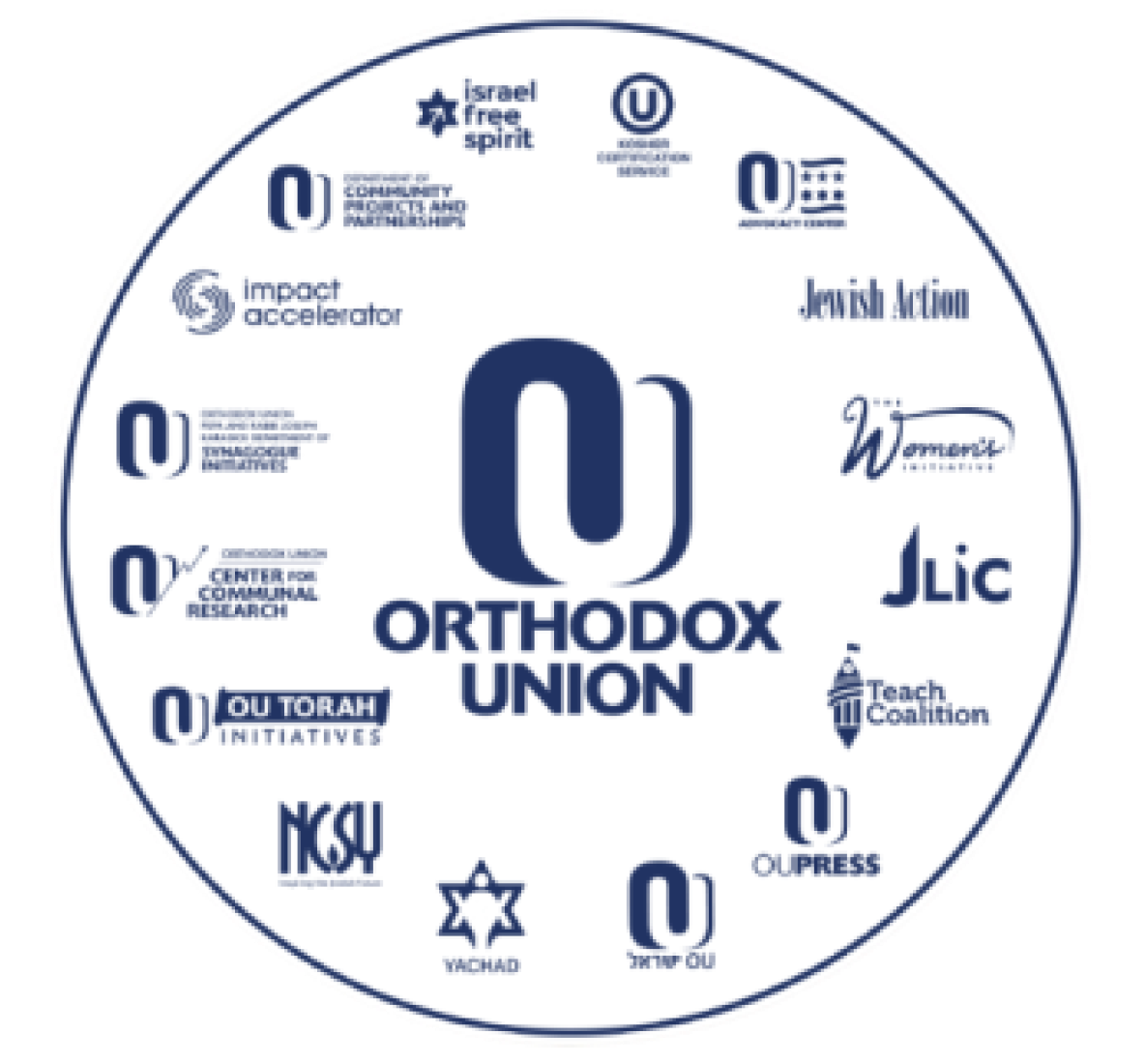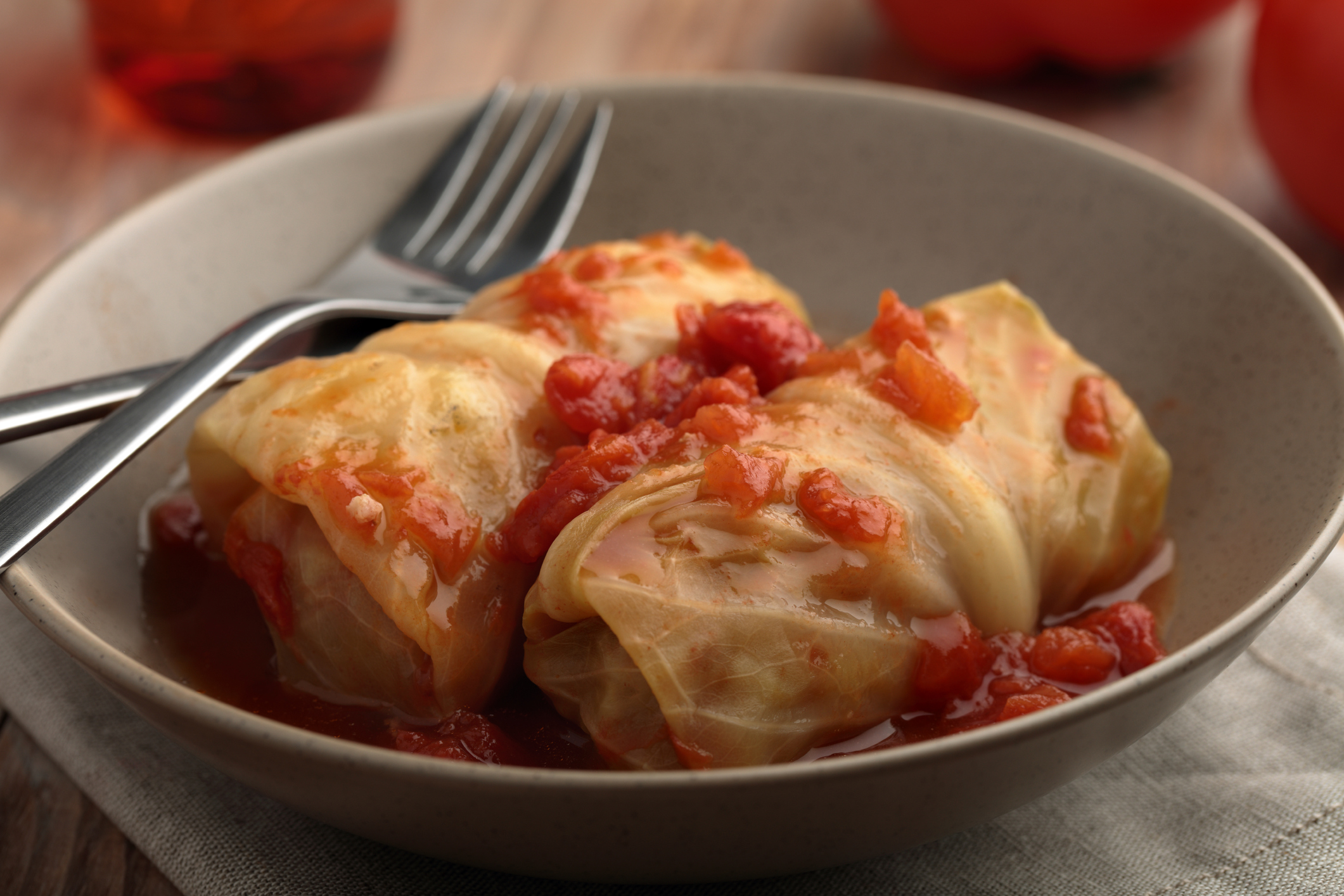
Stuffed Cabbage Rolls
A traditional food for Simchat Torah, stuffed cabbage provides a hearty and sustaining meal full of nutrients such as vitamin C, cancer-fighting phytochemicals, potassium, and fiber. This dish is a tradition...
Oct 7, 2014
By Shirit Gold
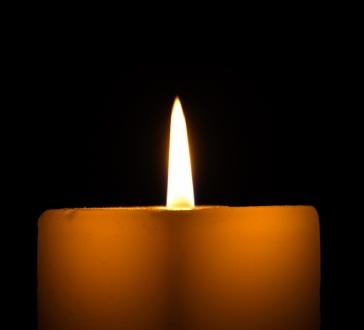
The Memorial Prayer Service: Yizkor
Yizkor is the memorial service recited for deceased parents and other relatives at several points throughout the year. The name of the prayer means “May He remember” (“He” being God and...
Oct 2, 2011
By Rabbi Jack Abramowitz

Simchat Torah: The Secret of Our Eternity
Jews live in calendar dialectics, oscillating between two Jewish New Years (Tishrei/Nissan) and two Judgment Days (Rosh Hashana/Yom Kippur). Perhaps the greatest Jewish storyteller of all time, the Dubner Maggid, (Rabbi...
Sep 30, 2009
By Rabbi Asher Brander

Simchas Torah: The Secret of Our Eternity
As Jews, we are accustomed to live in calendar confusion, oscillating between two major Jewish New Years (Tishrei/Nissan), two Judgment Days (Rosh Hashana/Yom Kippur), . It’s not...
Oct 1, 2008
By Rabbi Asher Brander
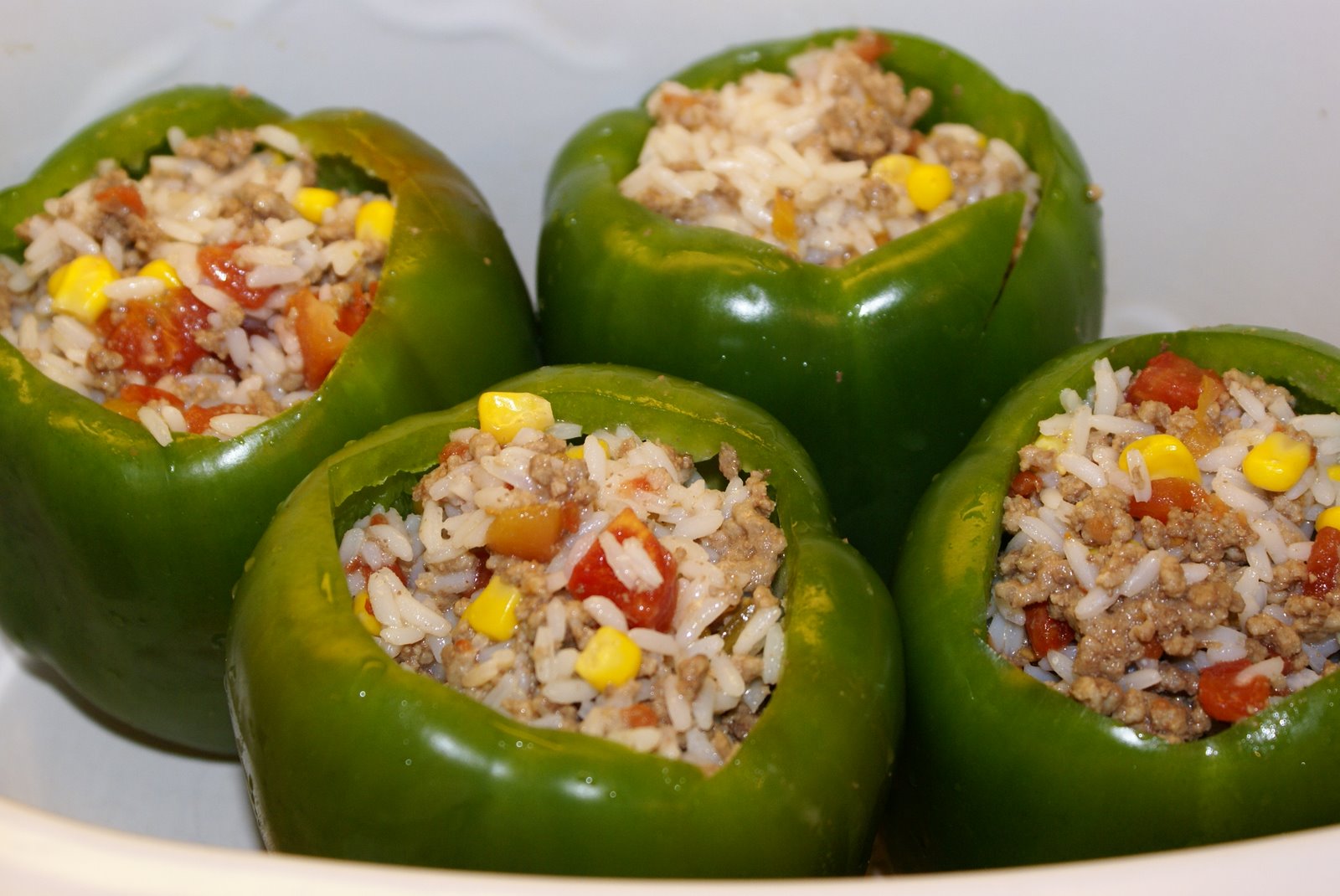
A Jumble of Holidays
There’s an old joke in the Jewish community: The High Holidays are always either early or late; they’re never on time! Well, this year they’re late (Rosh Hashanah begins at sundown...
Sep 10, 2008
By Ronnie Fein
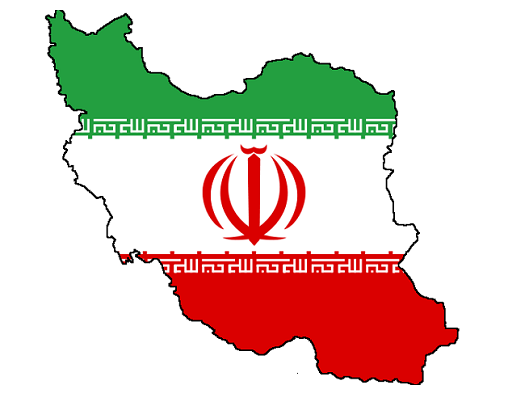
Succot and Shemini Atzeret: The Spirit of the Sukkah...
Sukkot and Shemini Atzeret 5768 Part One: Yehoshua bin Nun and Shemini Atzeret Part Two: Iran, The Final Redemption Part One: Yehoshua bin Nun and Shemini Atzeret The Gemara in Pesachim...
Sep 25, 2007
By Rabbi Nachman Kahana
Discover More
- Anti-Semitism
- Around the OU
- Arts & Media
- Aseret Yemei Teshuvah
- Chanukah
- Community
- Convention
- Cooking
- Dating
- Divorce
- Education
- Fast of Asarah B'Tevet
- Fast of Esther
- Fast of Gedaliah
- Fast of Shiva Assar B'Taamuz
- Fast of Tisha B'Av
- Food
- Giveaways
- Growth
- Health
- History
- Holidays
- Holocaust
- Inspiration
- Israel
- Kosher
- Lag BaOmer
- Marriage
- Meet the OU
- Mental Health
- Money
- News
- News & Op-Ed
- Obituary
- Other
- Parenting
- Pesach
- Physical Health
- Pregnancy
- Purim & 4 Parshiyot
- Recipes
- Relationships
- Rosh Chodesh
- Rosh Hashanah
- Sefirat HaOmer
- Shavuot
- Shemini Atzeret/Simchat Torah
- Sukkot
- Technology
- thank you pages
- The 3 Weeks
- Torah
- Travel
- Tribute
- Tu B'Av
- Tu B'Shevat
- Yamim Noraim
- Yom Ha'atzmaut
- Yom HaShoah
- Yom HaZikaron
- Yom Kippur
- Yom Yerushalayim
Subscribe To The OU’s Shabbat Shalom Weekly Newsletter
Weekly email newsletter filled with articles, Divrei Torah, upcoming events and more! Sign up today.

